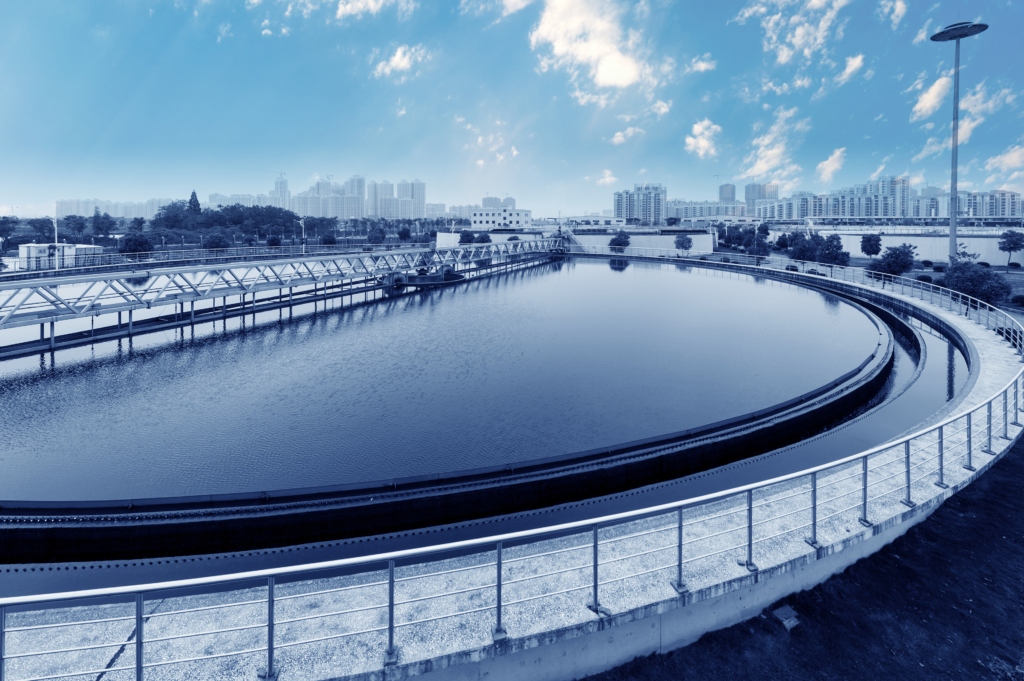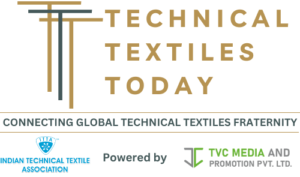
The report “Wastewater Treatment Services Market by Service Type (Designing and Engineering Consulting, Building and Installation Services), End-user (Municipal and Industrial), Industrial End-user (Chemical & Pharma, Oil & Gas) and Region – Global Forecast to 2028″, size was USD 55.9 billion in 2022 and is projected to reach USD 80.4 billion by 2028, at a CAGR of 6.3%, between 2023 and 2028. Wastewater treatment is the process of removing contaminants and impurities from wastewater and converting it into an effluent that may be returned into the water cycle. The treatment process involves many operations such as chemical treatment, settling operation, evaporation, filtration, and others. Industrial wastewater comes from the power, oil & gas, chemical & pharma, food, pulp & paper, and mining industries. The type of service depends on the end-use because the requirements and challenges are different for different industries.
Download PDF Brochure
Browse
- 264 Market data Tables
- 50 Figures
- 256 Pages and in-depth TOC on “Wastewater Treatment Services Market – Global Forecast to 2028″
Some of the prominent key players are:
· Veolia Group (France)
· Xylem Inc. (US)
· Suez SA (France)
· Ecolab Inc. (US)
· Thermax Limited (India)
· Pentair (US)
· WOG Technologies (India)
· Golder Associates (Canada)
· SWA Water Treatment (Australia)
Driver: Initiatives for zero liquid discharge (ZLD)
ZLD is a wastewater management strategy that eliminates liquid waste and maximizes water usage. The ZLD systems market size was worth USD 200 million for 2018 and is growing because stronger environmental regulations are being enforced. Countries such as China, India, and Australia are employing technologies to maximize the full recovery treatment of wastewater. From the time of its inception, ZLD has attracted renewed interest worldwide. For example, this technology has been adopted at the Dallman Power Plant in Illinois to avoid the environmental impacts of boron from the effluent wastewater generated. Although the implementation of ZLD reduces water pollution and augments water supply, the technology is constrained by high cost and intensive energy consumption. However, some organizations may opt for ZLD irrespective of the constraints. Technically, the concept of ZLD in the present scenario can only be rendered theoretically. Practically, having no liquid effluent discharge is not commercially viable and technically feasible.
